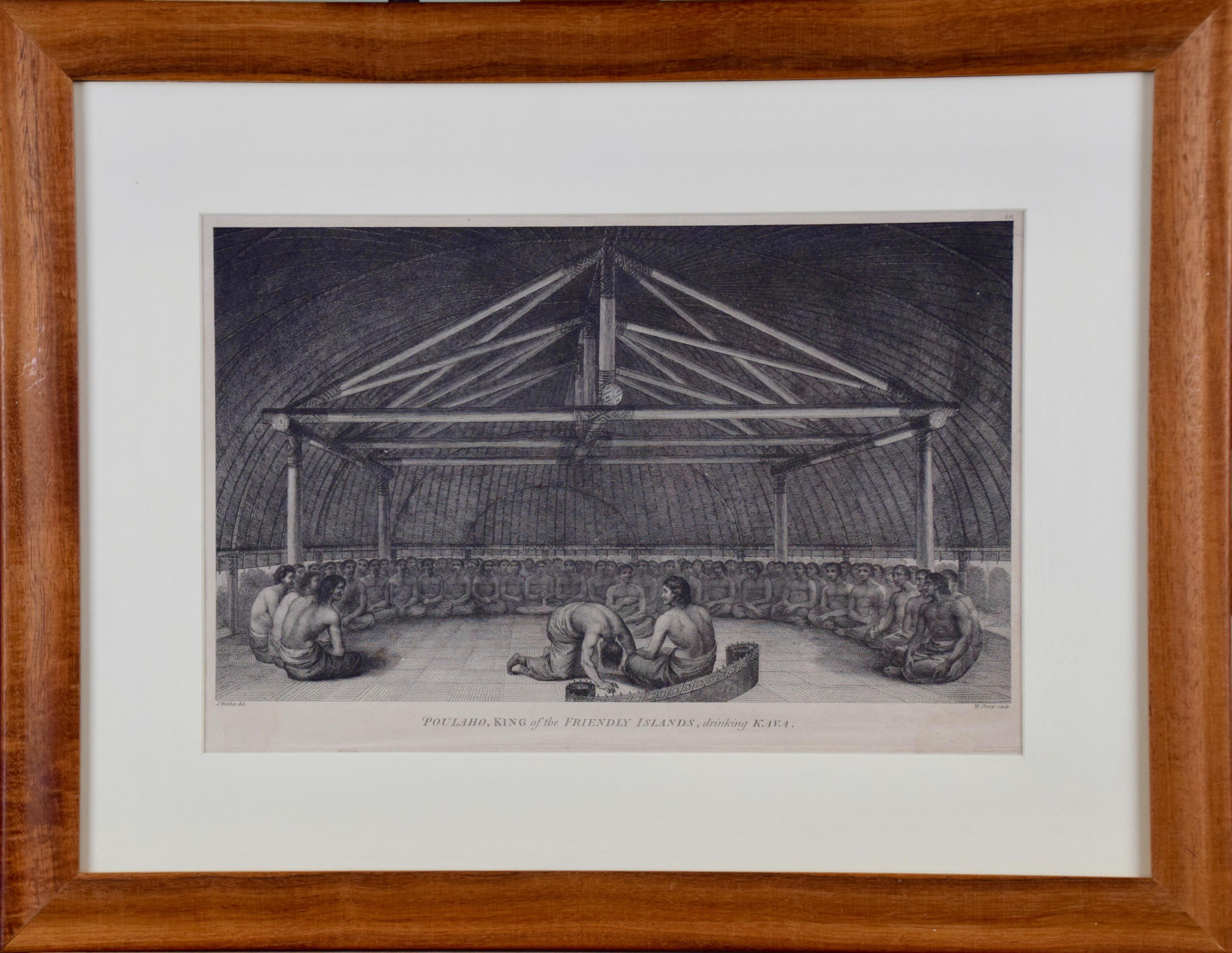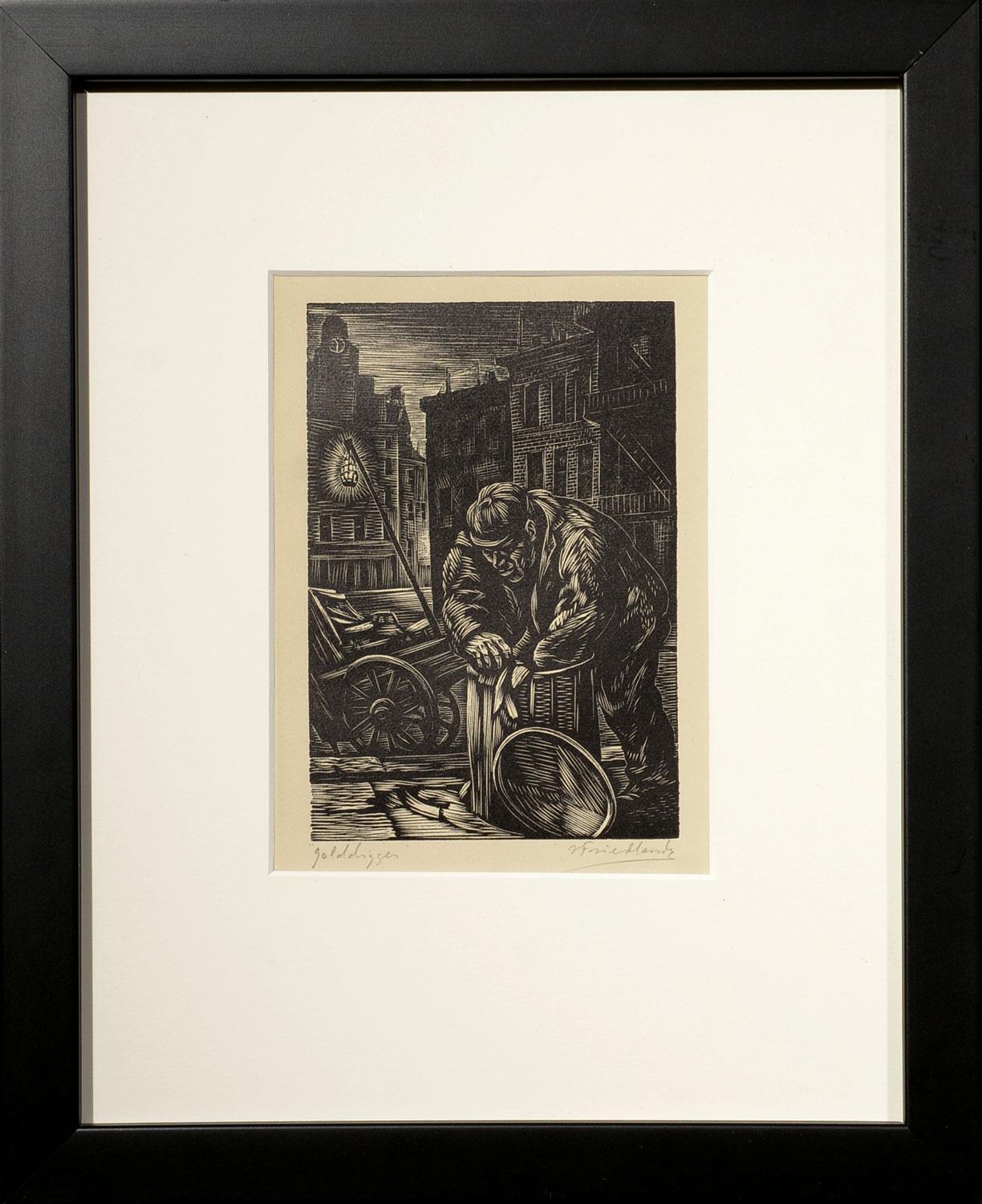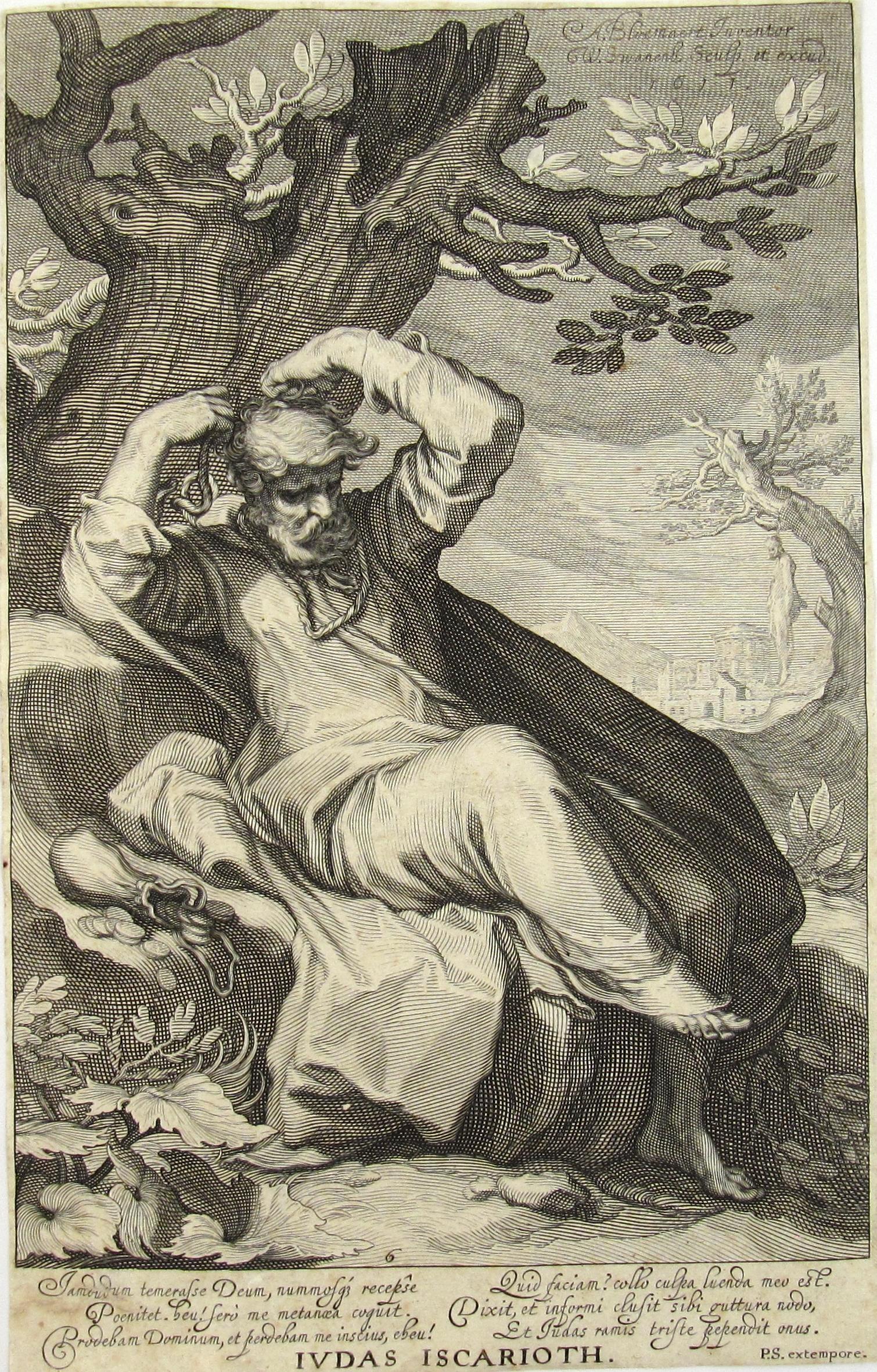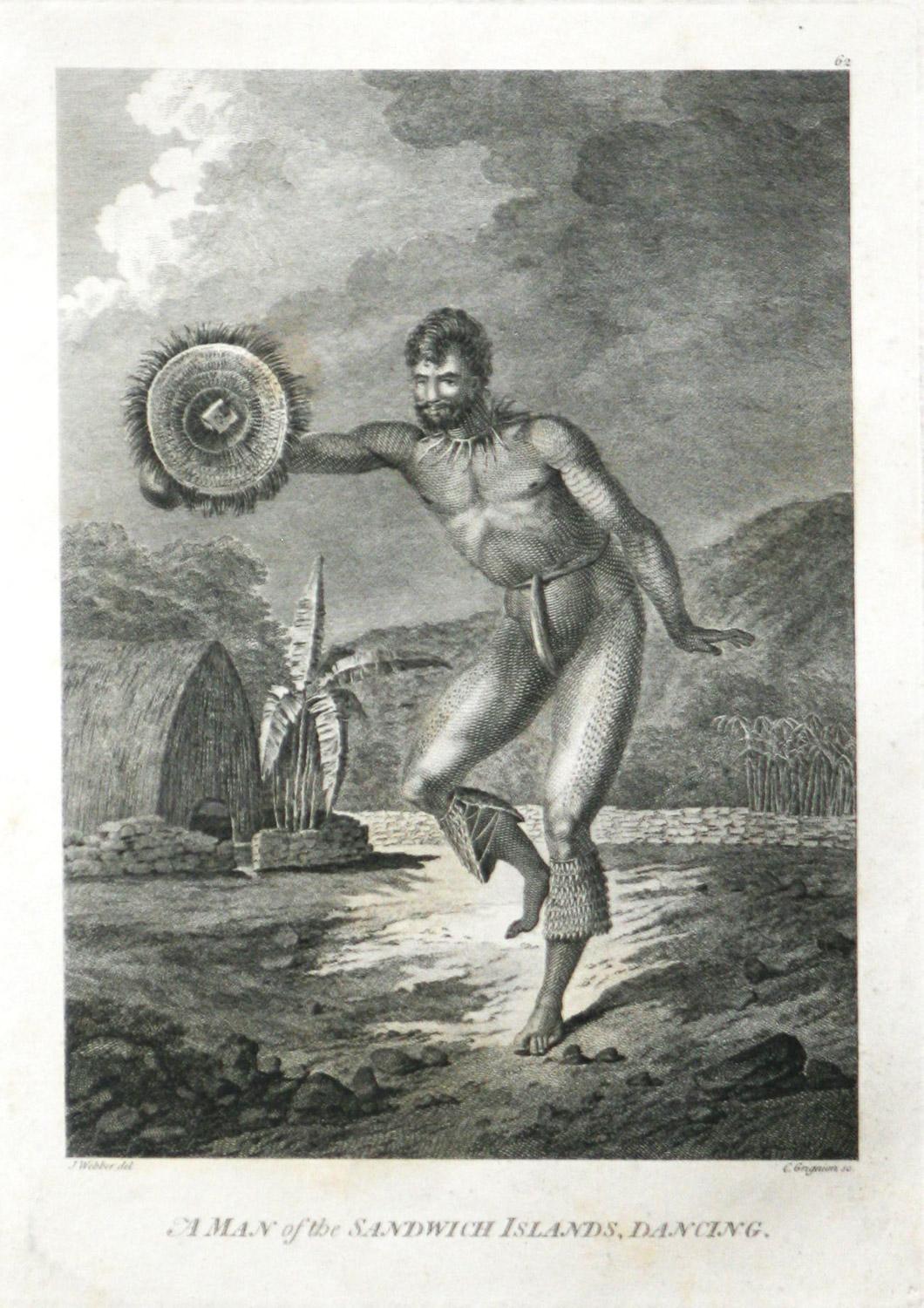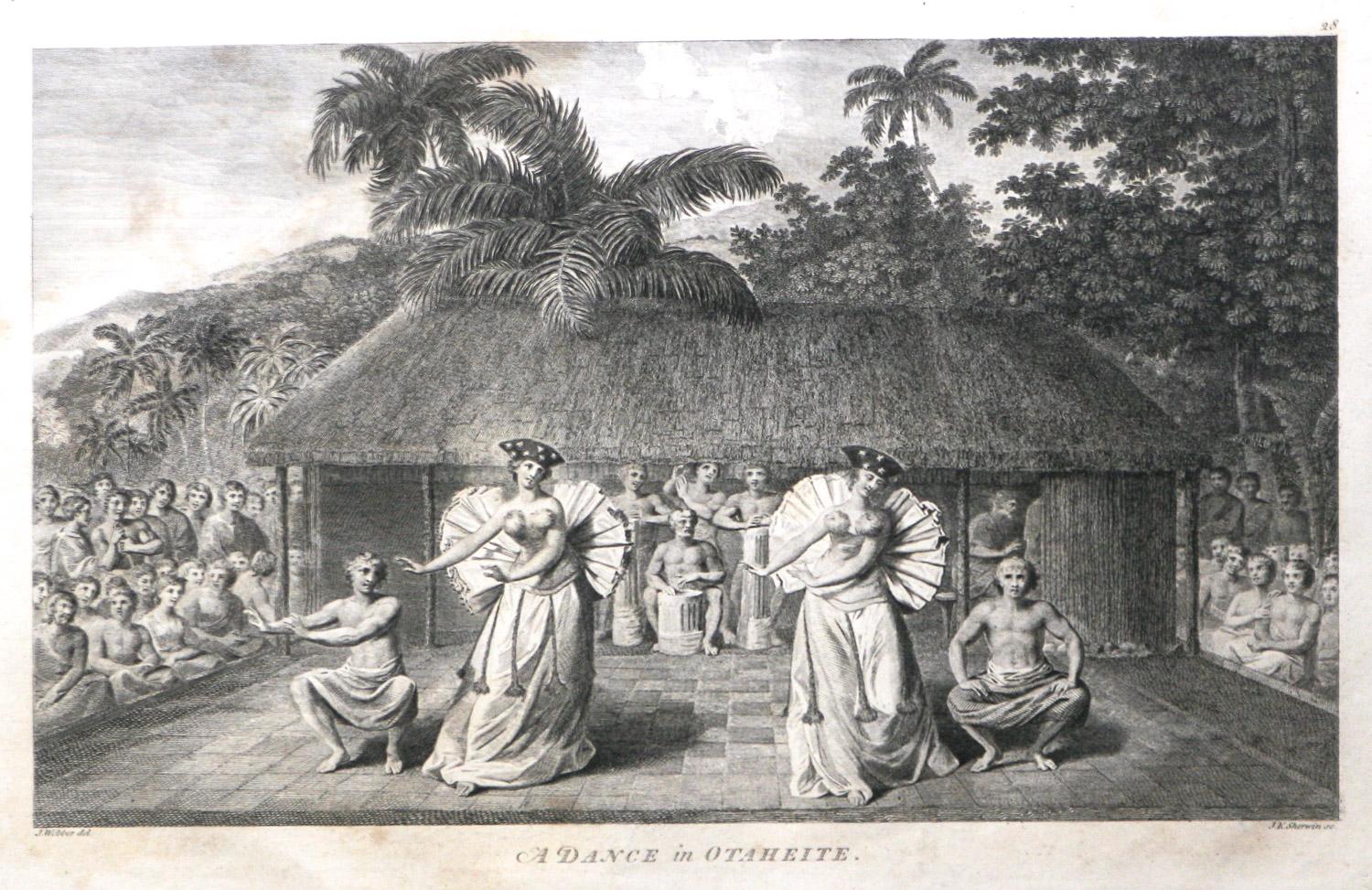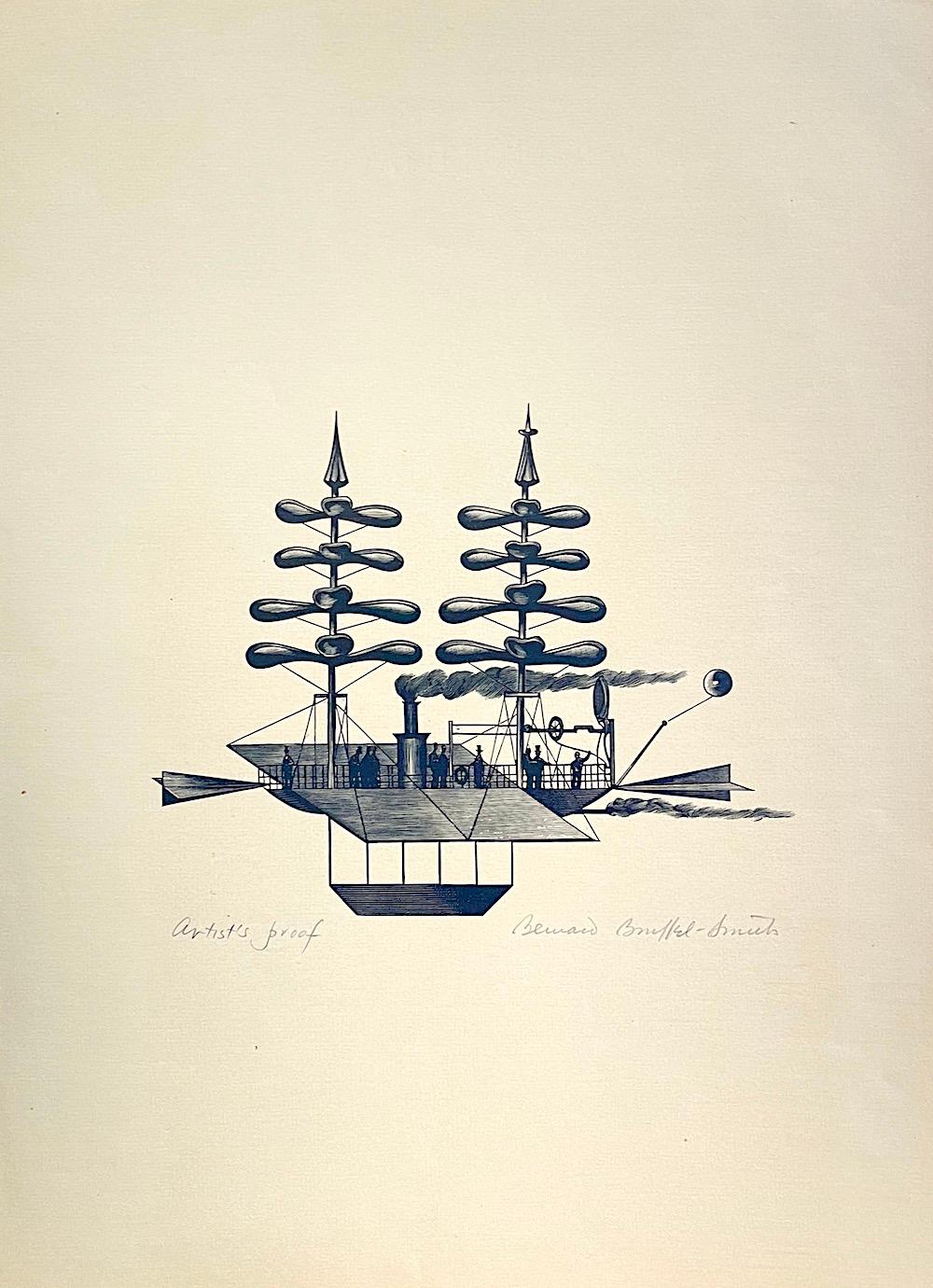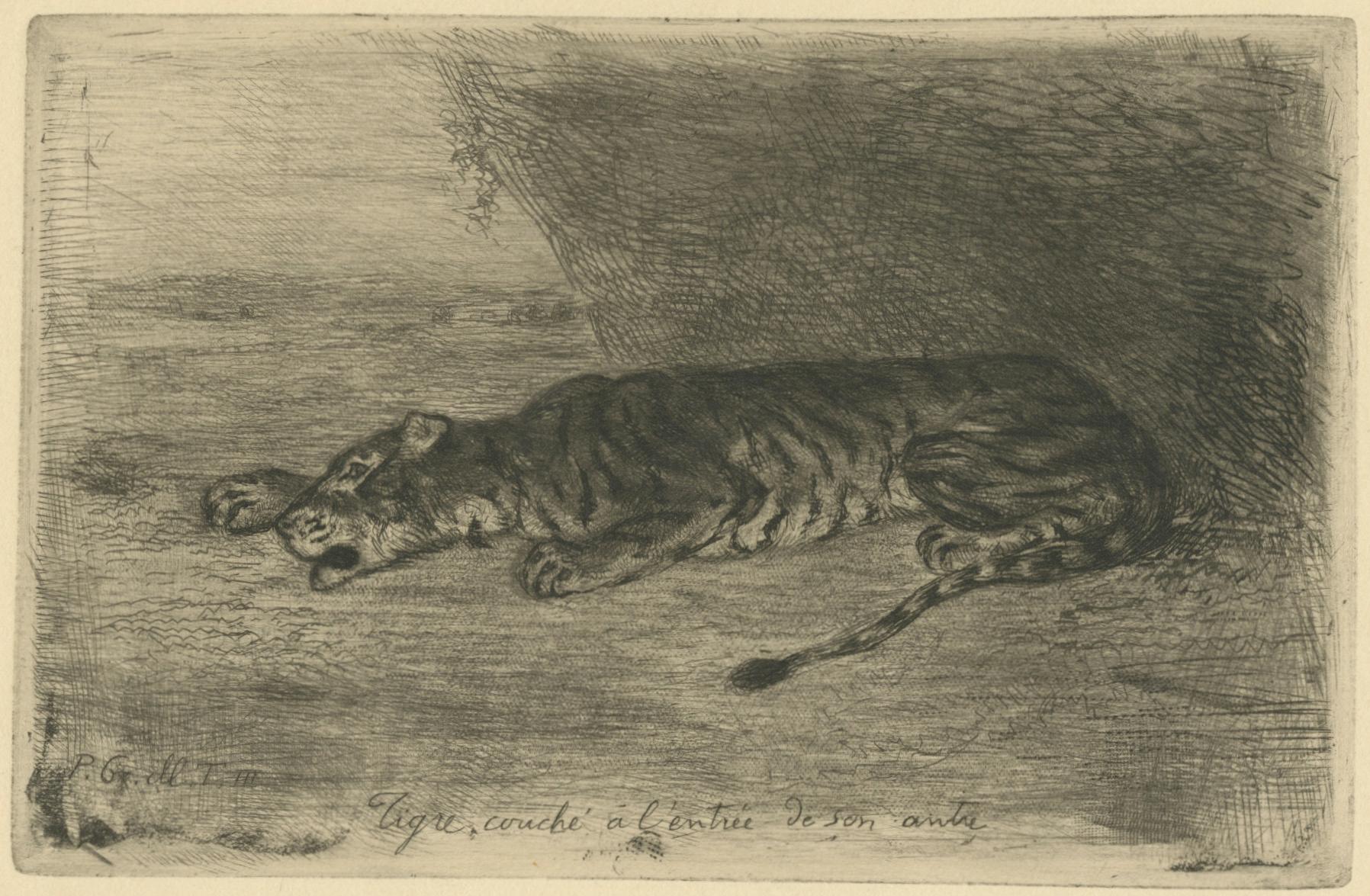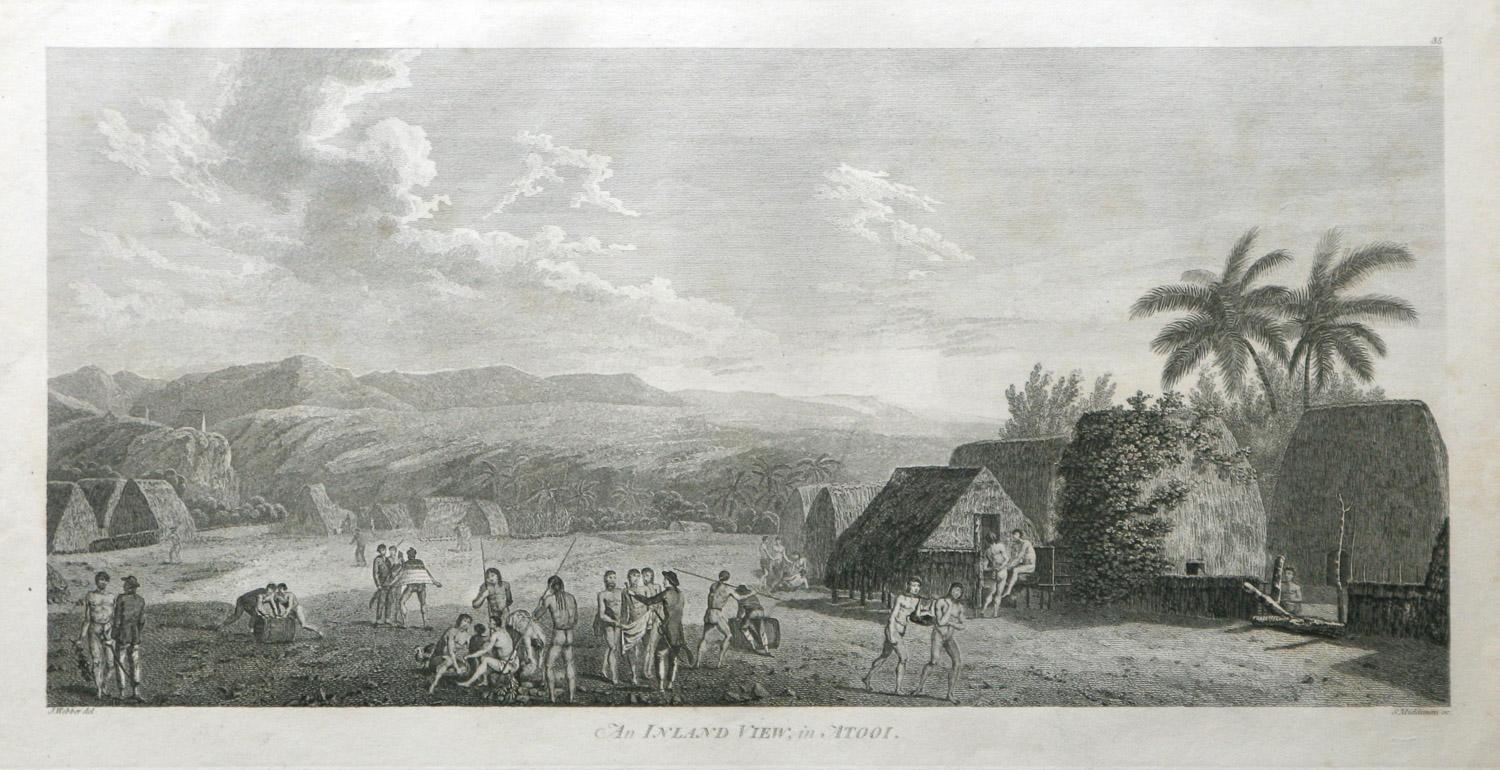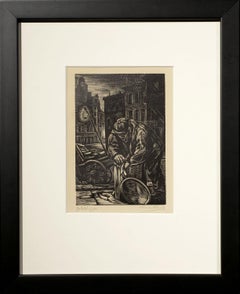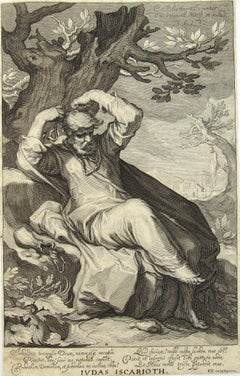
Plymouth to London Royal Mail
1 of 9
Thomas WalkerPlymouth to London Royal Mailmiddle 1980s
middle 1980s
About the Item
You May Also Like
- "King of the Friendly Islands" (Tonga); Engraving from Captain Cook's 3rd VoyageBy John WebberLocated in Alamo, CA"Poulaho, King of the Friendly Islands, Drinking Kava" is an engraving created by William Sharp (1749-1824), from a drawing by John Webber (1752-1793), who was the artist on Captain James Cook's 3rd and final voyage of discovery. It was published in the atlas of "A Voyage to the Pacific Ocean Undertaken by the Command of His Majesty, for Making Discoveries in the Northern Hemisphere", the official British Admirality sanctioned journal published upon completion of the voyage in London in 1784 by Strahan & Cadell. Captain Cook visited Tonga on his 3rd voyage, which he named The Friendly Islands because of the warm welcome he and his crew received, unlike some of the other more hostile Pacific islands. The engraving depicts Cook and his men observed a kava ceremony at the village of Mu’a on Tongatapu. King Paulaho sits in the centre foreground, his back to the spectator with a man kneeling before him. The ceremonial mat depicted behind Paulaho indicates that nobody was allowed to sit behind him. The figure in the centre holds a single cup, referring to the Tongan custom of offering the cup to the king first. Kava is native to the islands of the South Pacific and was first described for English readers in 1768 by Captain James Cook. The kava root has been used for centuries as a central feature of ceremonies and celebrations because it was able to bring about a calming and pleasant social atmosphere. The root was crushed and processed into coconut milk to become the focal ceremonial beverage, simply referred to as kava. This engraving is presented in a Koa wood frame and a white mat. Koa wood is legendary in Hawaii. There are occasional faint spots, but the print is otherwise in very good condition. This amazing Koa wood is native to Hawaii and it is known for the deep rich colors and varied grain pattern. Koa has an honored heritage in Hawaii and is highly revered and sacred. The word “koa” means “warrior” in Hawaiian. The warriors of King Kamehameha the Great, created canoes and weapons from a wood plentiful on the Big Island of Hawaii. This wood became synonymous with the warriors themselves, and it became known as koa. There are three other engravings listed from the official journal of Captain Cook's 3rd voyage available that are presented in identical Koa wood frames and mats (LU117324682422, LU117324684052, LU117324684032). They would make a wonderful grouping for a display of 2, 3 or 4 prints. A discount is available for a grouping depending on the number of items included. Captain Cook is remembered as one of the greatest explorers and navigators in history. His explorations included Australia, New Zealand and islands of the South Pacific and the northwest coast of North America. Hawaii was discovered by Captain Cook during this voyage. Hawaii was originally called The Sandwich Islands in honor of The Earl of Sandwich...Category
1780s Realist Figurative Prints
MaterialsEngraving
- "Golddigger, " Isaac Friedlander, WPA, New York City, Social Realism, 1931By Isaac FriedlanderLocated in Wiscasset, MEIsaac Friedlander was born in 1890 in Mitau, Latvia. He studied painting and printmaking at the Academy of Rome—the only formal art training he would ever have. After the overthrow o...Category
1930s Realist Figurative Prints
MaterialsEngraving
- Judas Iscarioth after Abraham Bloemaert (1564/66-1651), orig. published in 1611Located in Meinisberg, CHJudas Iscarioth - Judas hangs himself Engraved and published by Willem van Swanenburg (Dutch, 1580 - 1612) after designs by Abraham Bloemaert (1564...Category
1610s Realist Figurative Prints
MaterialsInk, Laid Paper, Engraving
$127 Sale Price49% OffFree Shipping - The Body of Tee, a Chief, as preferred after Death, in Otaheite (Tahiti)By John WebberLocated in Paonia, COThe Body of Tee a chief as preferred after Death in Otaheite (Tahiti) is from the 1784 First Edition Atlas Accompanying Capt. James Cook and King; Third and Final Voyage of Capt...Category
1870s Realist Figurative Prints
MaterialsEngraving
- A Man of the Sandwich Islands, Dancing (Hawaii) from Captain Cooks travels engraBy John WebberLocated in Paonia, COA Man of the Sandwich Islands Dancing (Hawaii) is from the 1784 First Edition Atlas Accompanying Capt. James Cook and King; Third and Final Voyage of Captain James Cook. John Webber (1752-1793) was the official artist for the third voyage of Captain James Cook (1728-1779). The purpose of this voyage was to discover the Northwest Passage and to explore the Pacific Ocean north of the Equator. These engravings were published in 1784-85 by G. Nichol and Thomas Cadell of London in the four large format atlas, Voyage to the Pacific Ocean. Captain Cook was an extraordinary explorer known for discovering and mapping unknown territory and for his many contributions to the scientific world. These original engravings from Webber’s drawings and paintings are only a glimpse into this great man’s historical contributions that make him one of the greatest explorers of all times. This image shows a Hawaiian dancer...Category
1780s Realist Figurative Prints
MaterialsEngraving
- A Human Sacrifice, in a Morai, in Otaheite (Tahiti) 1784 James Cook Final VoyageBy John WebberLocated in Paonia, COA Human Sacrifice in a Morai in Otaheite (Tahiti) 1784 by John Webber is from the First Edition Atlas Accompanying Capt. James Cook and King; Third and Final Voyage of Captain...Category
1780s Realist Figurative Prints
MaterialsEngraving
Recently Viewed
View AllMore Ways To Browse
Mail Coach
Stock Vintage Copper
Sol Y Sombra
Tim Trantenroth
Tobiasse Rams Horn
Victor Brauner On Sale
Vintage Boulangerie Signs
Vintage Camra
Vintage Camras
Vintage Engagement Rings Phoenix
Vintage Oil Lamp With Lady
Virginia Fisher On Sale
Washerwoman Renoir
William Blake On Sale
Yashiva In Jerusalem
CHIKANOBU, Yoshu On Sale
Alex Katz Ada In Spain
Arnold Belkin On Sale
